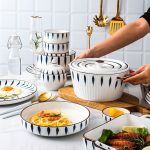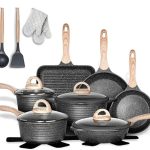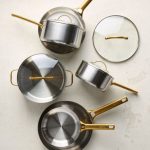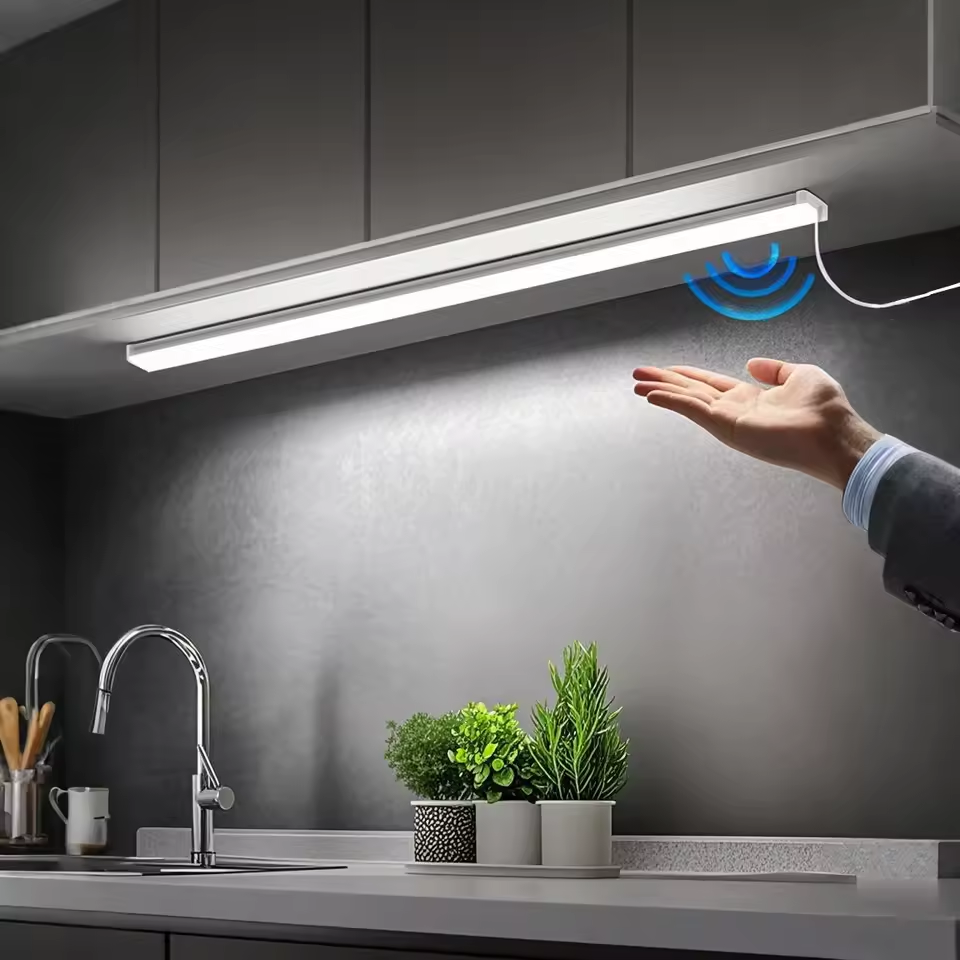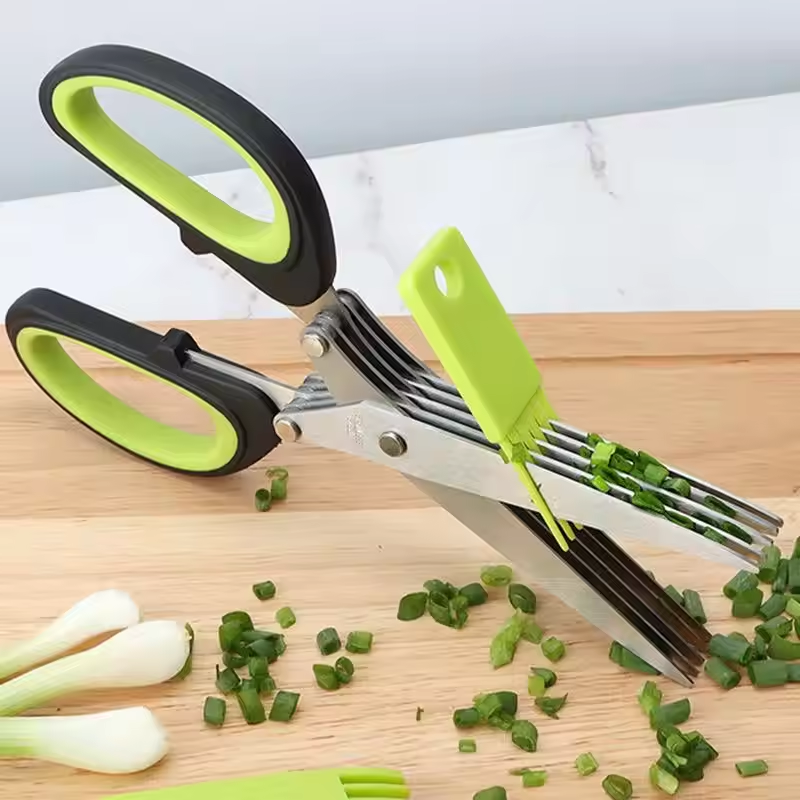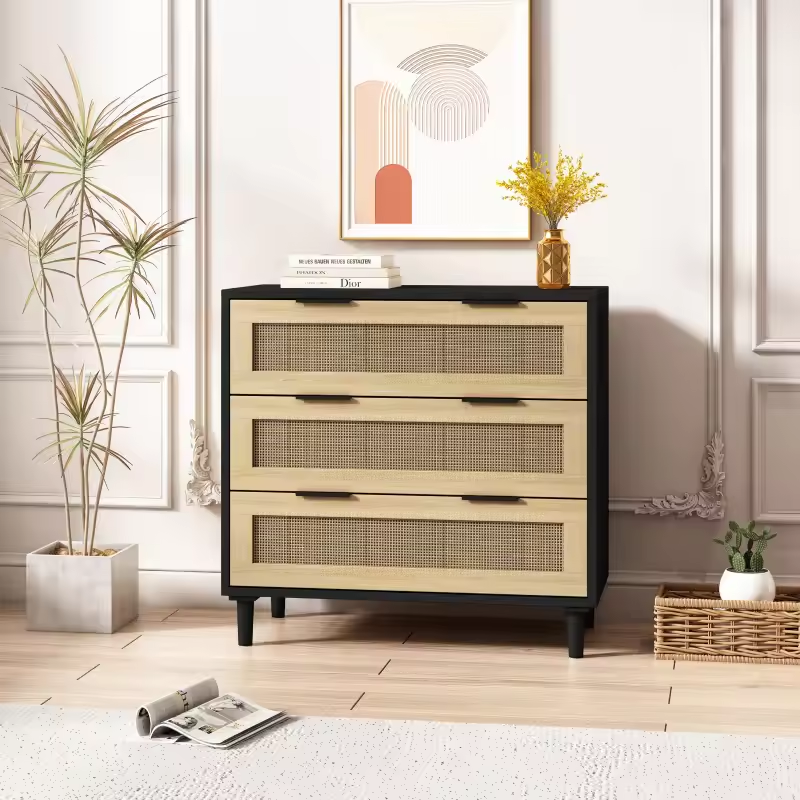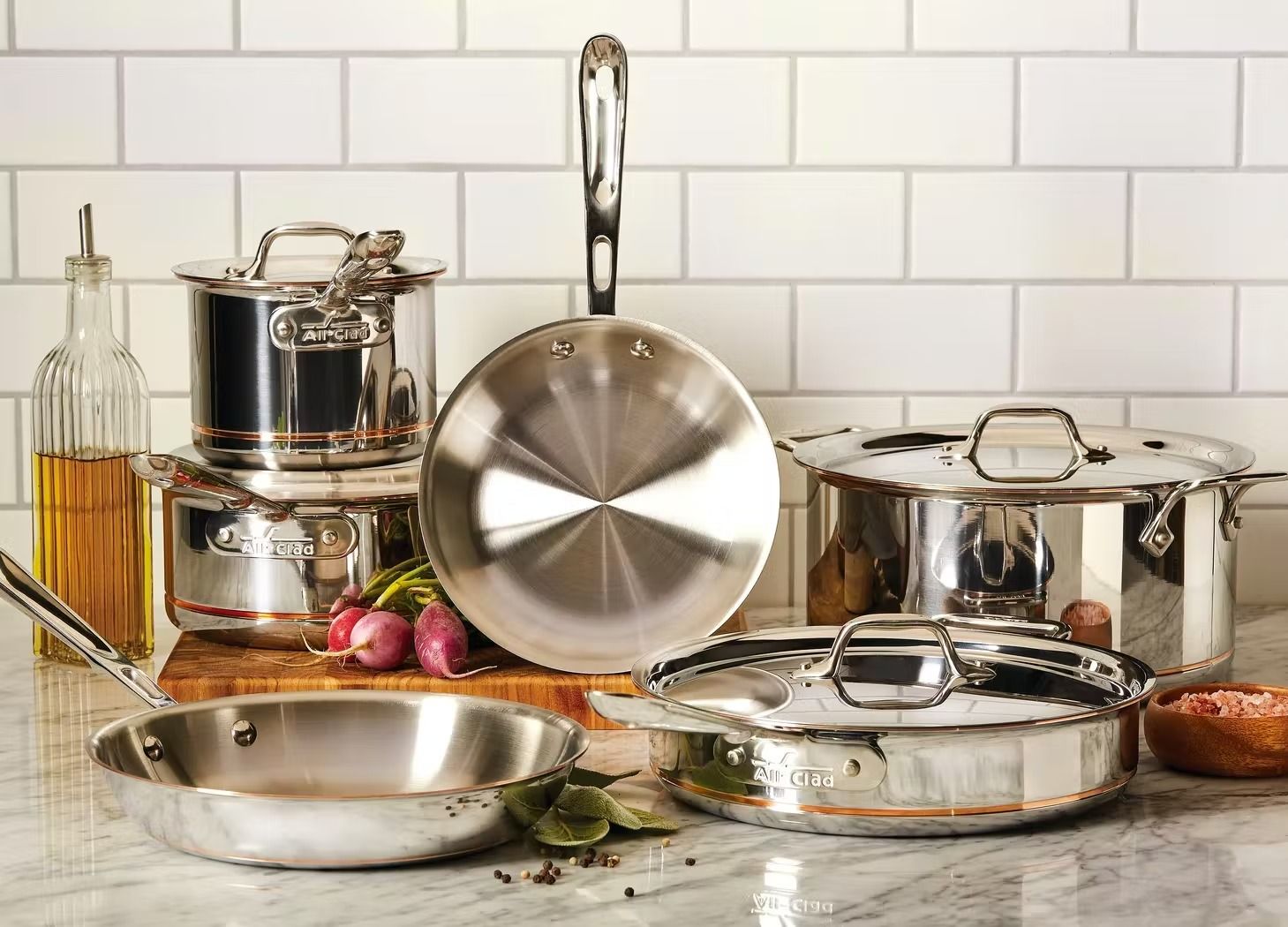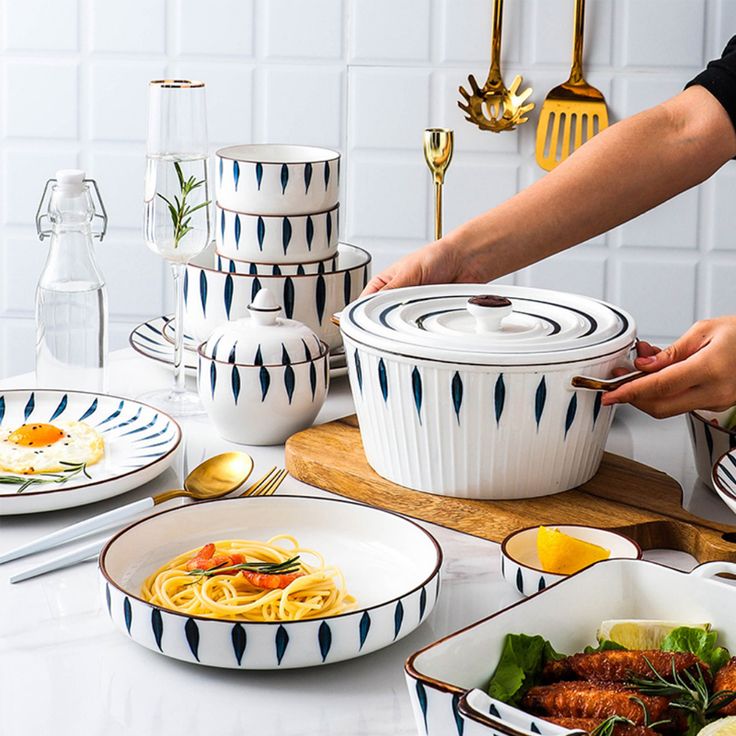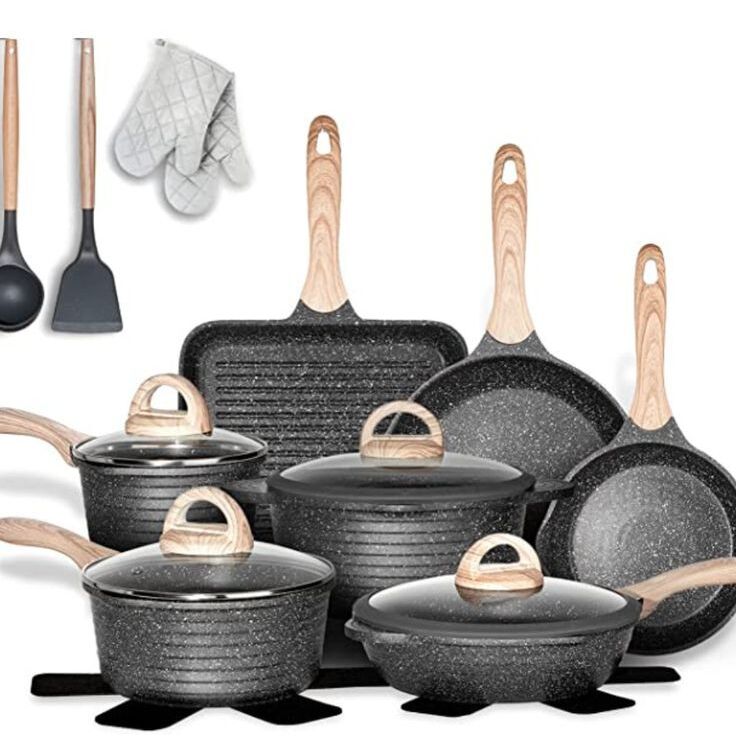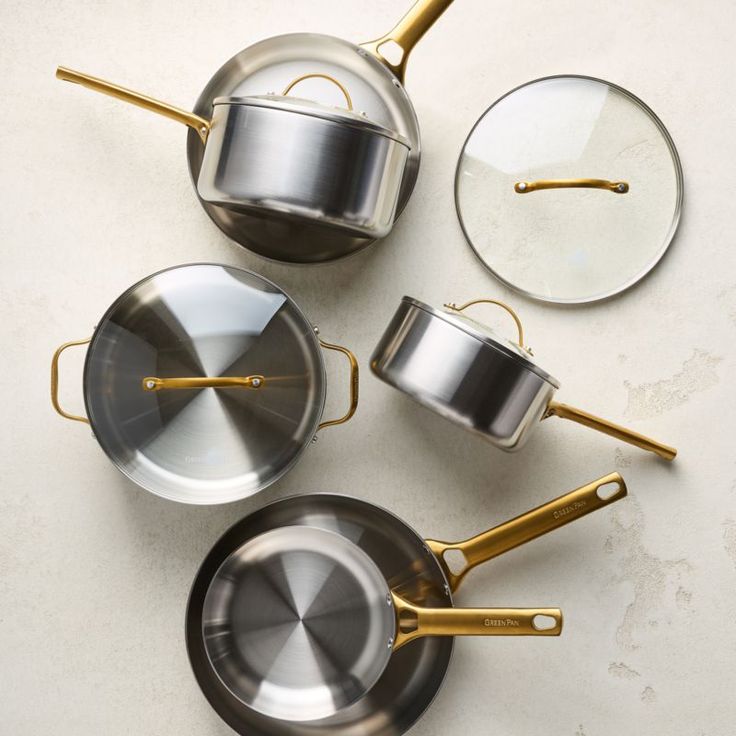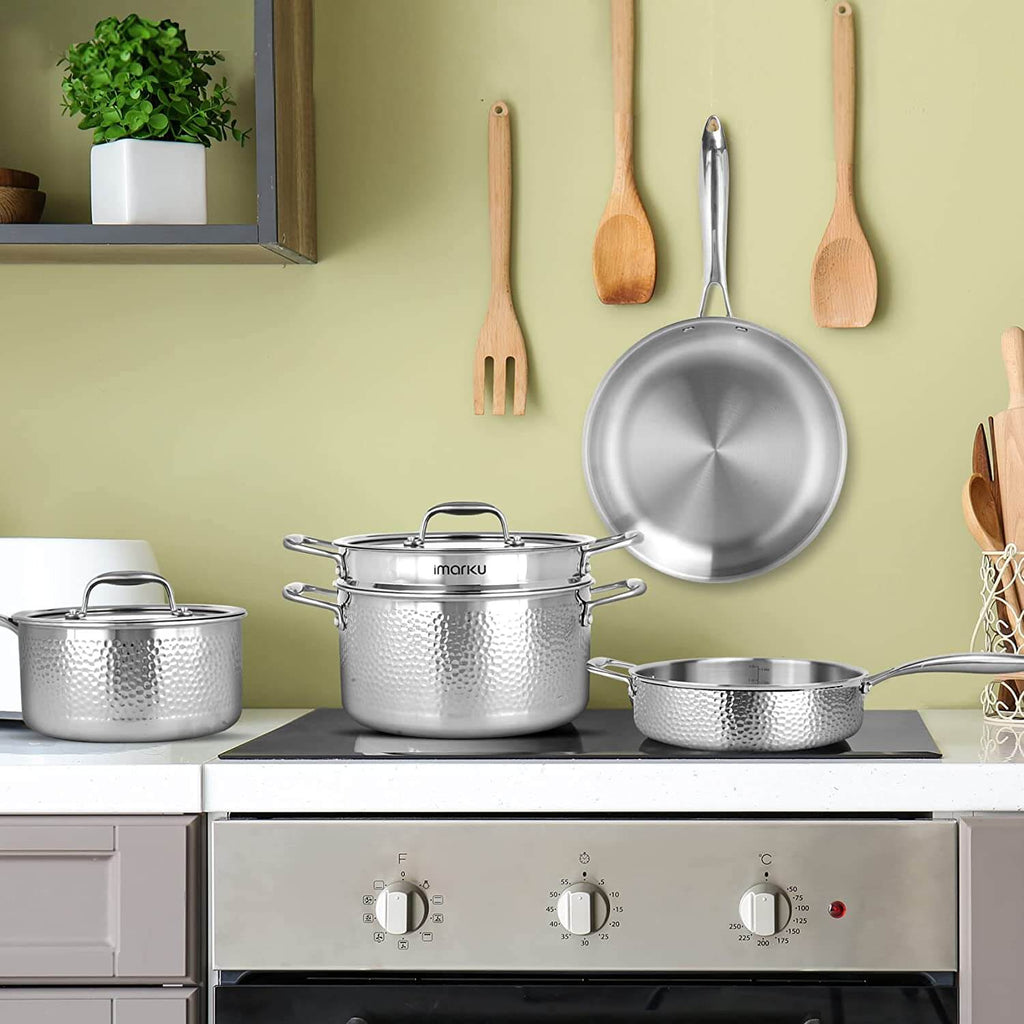 Introduction to Cookware
Introduction to Cookware
Cookware is an essential component in every kitchen, playing a pivotal role in the culinary process. The right cookware can significantly influence the outcome of your cooking, affecting both the flavor and texture of your dishes. With a wide array of materials, designs, and functionalities available, understanding the different types of cookware and their uses is crucial for any cooking enthusiast or professional chef. This knowledge not only enhances your cooking skills but also ensures that you select the best tools suited to your specific needs, leading to more efficient and enjoyable cooking experiences.
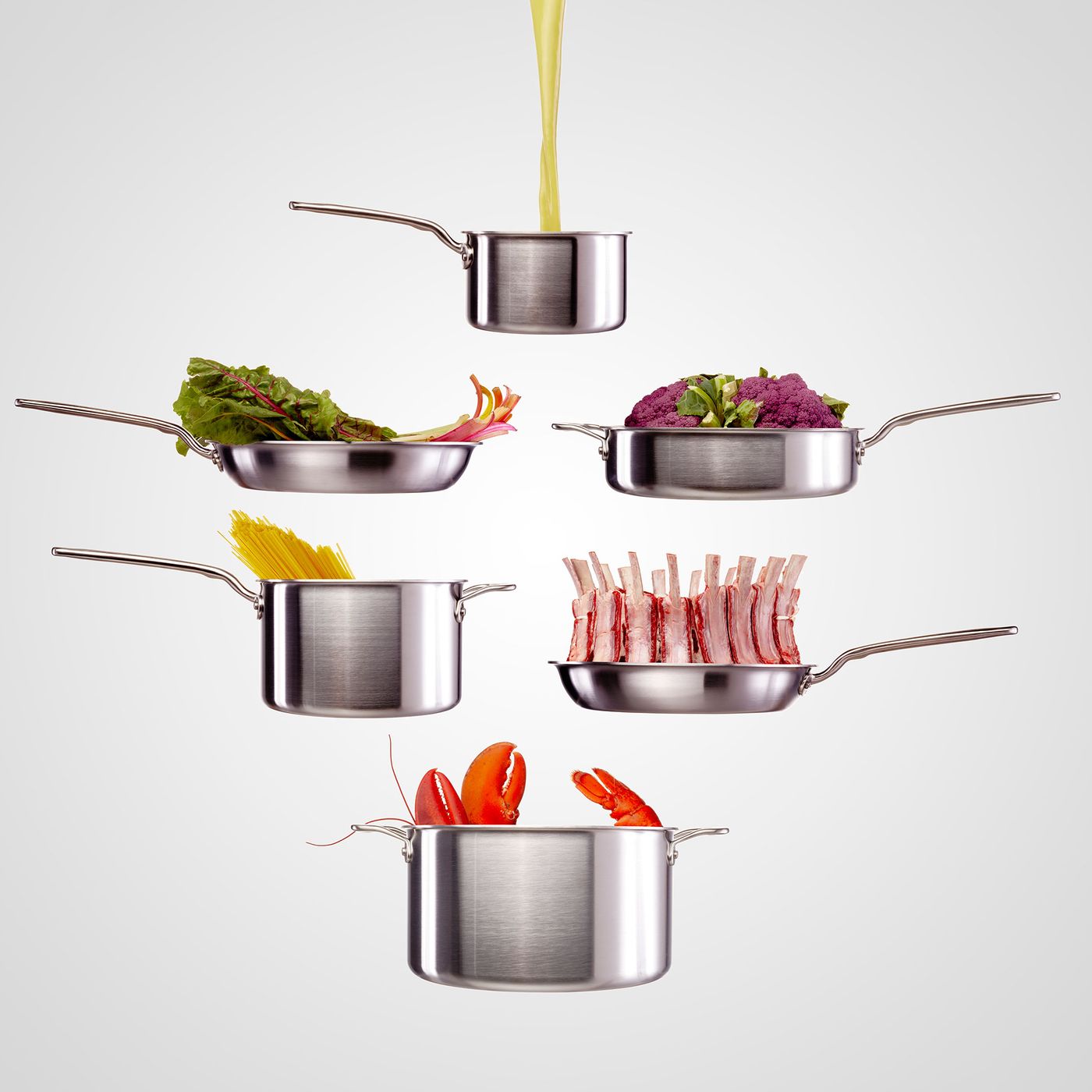
Carbon Steel Cookware
Carbon steel cookware shares many attributes with cast iron, including excellent heat retention and the ability to develop a natural non-stick surface through seasoning. Lighter and more maneuverable than cast iron, carbon steel is favored in professional kitchens for tasks that require quick and precise heat adjustments, such as searing meats, stir-frying, and making crepes or omelets. The thin construction of carbon steel allows it to heat up rapidly and respond quickly to changes in temperature, offering greater control during cooking. Like cast iron, carbon steel requires regular seasoning to maintain its non-stick properties and prevent rusting. It’s important to avoid washing carbon steel with soap and water frequently; instead, wiping it clean with a cloth and occasionally re-seasoning will keep it in optimal condition.
Ceramic Cookware
Ceramic cookware is celebrated for its eco-friendly composition and aesthetic appeal, available in a variety of vibrant colors and designs. It typically features a metal base coated with a layer of ceramic, which provides a naturally non-stick surface free from synthetic chemicals like PTFE and PFOA found in traditional non-stick coatings. This makes ceramic cookware an attractive option for health-conscious cooks looking to reduce their exposure to potentially harmful substances. Ceramic pans excel at low to medium-heat cooking, perfect for preparing delicate foods that require gentle heat. However, they are less effective at high-heat cooking and can suffer from thermal shock if exposed to sudden temperature changes. To preserve the integrity of ceramic cookware, it’s advisable to use wooden or silicone utensils and hand wash with mild detergents.
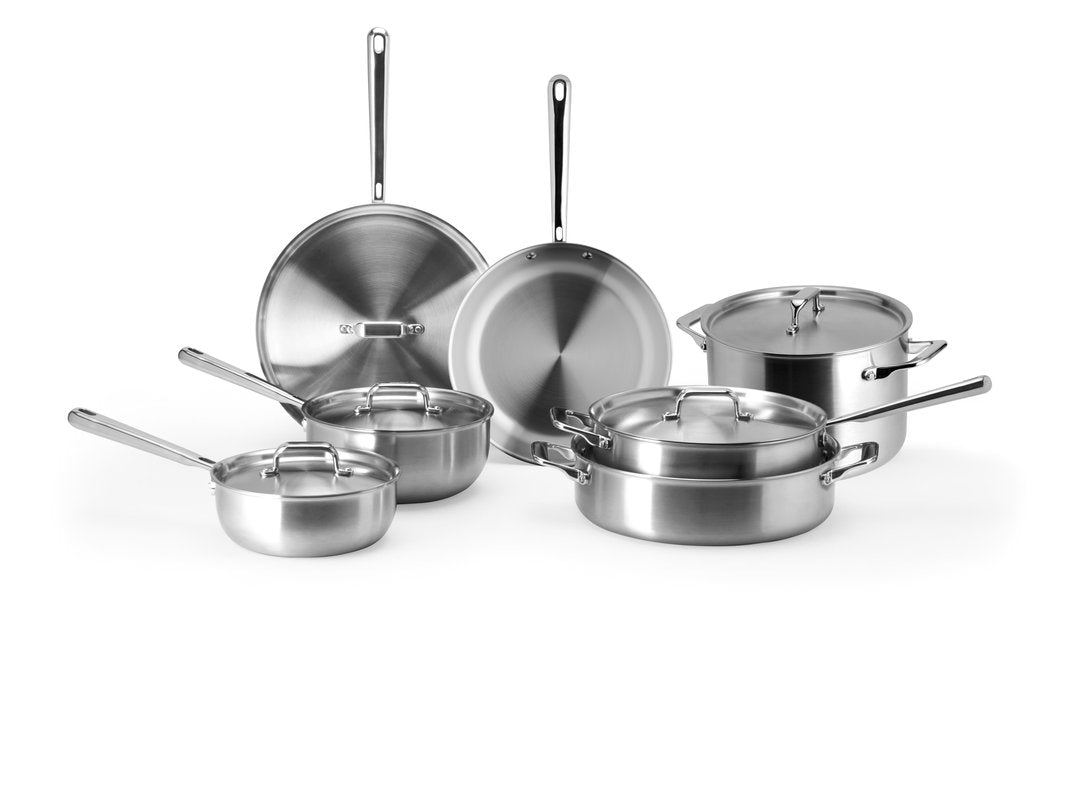
Enameled Cast Iron Cookware
Enameled cast iron cookware combines the durability and heat retention of traditional cast iron with a smooth, colorful enamel coating that eliminates the need for seasoning. This type of cookware is highly versatile and can be used for a wide range of cooking techniques, from braising and roasting to baking and simmering. The enamel surface is non-reactive, meaning it won’t interact with acidic ingredients, making it suitable for cooking tomato-based sauces and other acidic dishes. Additionally, enameled cast iron is easier to clean than raw cast iron and can often be put in the dishwasher, although hand washing is recommended to maintain its appearance. The main drawback of enameled cast iron is its weight, which can make it cumbersome to handle, especially when full.
Hard-Anodized Cookware
Hard-anodized cookware create through an electrochemical process that hardens aluminum, resulting in a durable and non-reactive cooking surface. This type of cookware know for its toughness and resistance to scratching, warping, and corrosion, making it a reliable choice for everyday use. Hard-anodized pans offer excellent heat conductivity and even distribution, ideal for a variety of cooking methods including sautéing, frying, and simmering. The surface of hard-anodized cookware is often treated to be non-stick, reducing the need for excessive fats and making cleanup easier. However, to maintain the integrity of the non-stick surface, it’s important to use gentle utensils and avoid high heat settings.
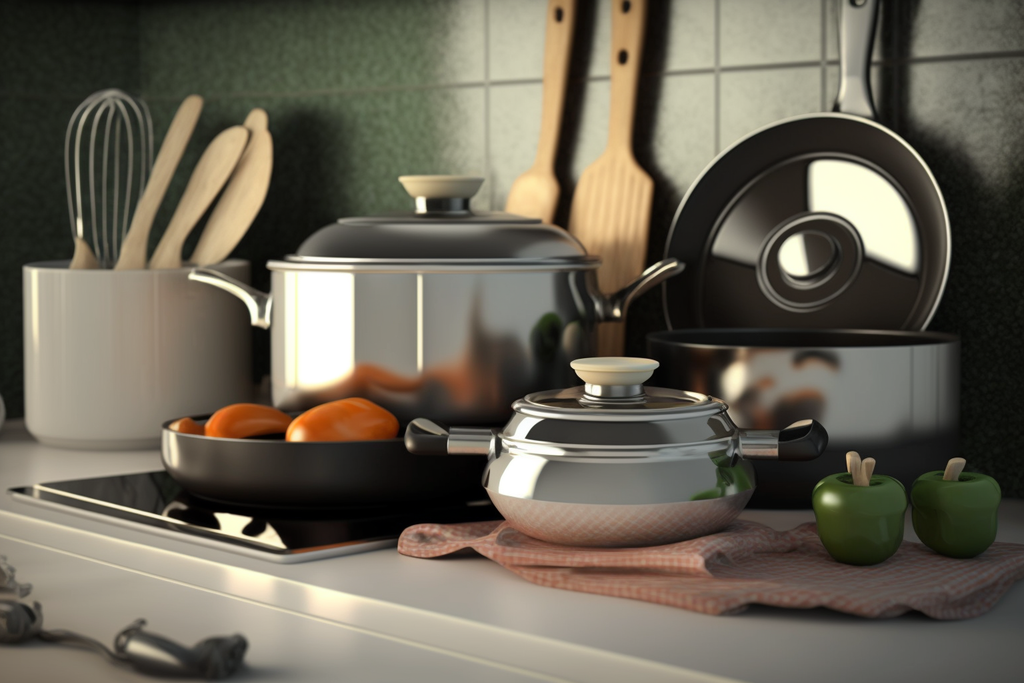
Pressure Cookers
Pressure cookers are a unique type of cookware design to cook food quickly under high pressure, significantly reducing cooking times for dishes that traditionally require long simmering or braising. By trapping steam inside a sealed pot, pressure cookers increase the internal pressure, which raises the boiling point of water and speeds up the cooking process. This makes them ideal for preparing tough cuts of meat, beans, grains, and stews in a fraction of the time needed with conventional methods. Modern pressure cookers often come with multiple safety features, such as locking lids and pressure release valves, to ensure safe operation. They are available in both stovetop and electric models, with electric pressure cookers offering additional functionality like slow cooking and steaming.
Woks
Woks are an essential piece of cookware in Asian cuisine, known for their distinctive shape and versatility. Traditionally made from carbon steel, woks feature a rounded bottom and sloping sides, which allow for quick and even heating, making them perfect for stir-frying, deep-frying, steaming, and even smoking. The design of the wok enables food to be pushed up the sides where it stays warm, while the hotter bottom area is used for intense cooking. This makes woks highly efficient for cooking multiple ingredients quickly and retaining their texture and color. Proper seasoning of a carbon steel wok is necessary to create a non-stick surface and prevent rusting. Woks are available in different materials such as stainless steel and non-stick coatings, but traditional carbon steel remains a favorite for its superior heat control and authentic cooking results.

Dutch Ovens
Dutch ovens are heavy-duty pots with thick walls and tight-fitting lids, designed for slow cooking and braising. Made from cast iron or enameled cast iron, Dutch ovens excel at retaining and evenly distributing heat, making them ideal for preparing soups, stews, casseroles, and roasts. Their ability to maintain a consistent temperature over long periods is perfect for breaking down tough cuts of meat and developing deep, rich flavors. The lids of Dutch ovens often feature a lip that holds hot coals, allowing for even cooking from both top and bottom when used outdoors or in historical cooking methods. Enameled versions offer the added benefit of a non-reactive surface, making them suitable for cooking acidic ingredients and easier to clean. Dutch ovens can use on the stove top and in the oven, providing versatile cooking options.
Stockpots
Stockpots are large, deep pots designed for making stocks, soups, and large quantities of liquids. Typically constructed from stainless steel or aluminum, stockpots are building to distribute heat evenly across their broad base, ensuring consistent cooking. Their tall sides help minimize evaporation, making them perfect for simmering broths, boiling pasta, or preparing large batches of chili. Many stockpots come with a fitted lid and sometimes include a steamer basket or pasta insert for added versatility. The generous capacity of stockpots makes them indispensable for batch cooking, canning, or hosting large gatherings. While primarily used for liquid-based cooking, their size and shape also make them suitable for blanching vegetables or poaching whole chickens.
Griddles and Grill Pans
Griddles and grill pans bring the outdoor grilling experience indoors, offering a convenient way to achieve those coveted grill marks and flavors without a barbecue. They are often making from cast iron or non-stick materials, ensuring even heat distribution and easy flipping of food. Grill pans, on the other hand, feature raised ridges that mimic the grates of an outdoor grill, allowing fats to drain away and creating distinct sear marks on meats, vegetables, and seafood. These pans are typically made from cast iron or hard-anodized aluminum and can be us on stovetops or in the oven. Both griddles and grill pans require proper maintenance to prevent sticking and extend their lifespan.
Conclusion
Understanding the various types of cookware and their specific uses can greatly enhance your culinary skills and overall cooking experience. Each type of cookware offers unique advantages, from the durability and heat retention of cast iron. And stainless steel to the quick heating and precision of copper and aluminum. By selecting the right tools for your cooking style and needs. You can achieve better results and enjoy the process of creating delicious meals. Whether you are a seasoned chef or a home cook looking to expand your kitchen repertoire. Investing in quality cookware tailored to your requirements will pay dividends in the form of improved performance, versatility, and enjoyment in the kitchen.
